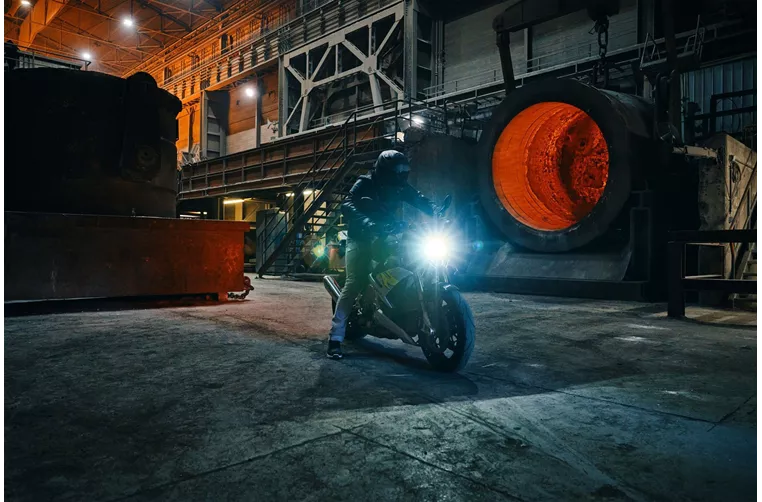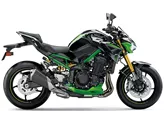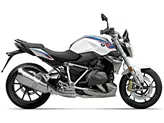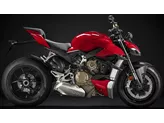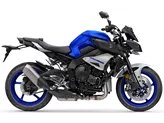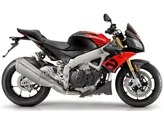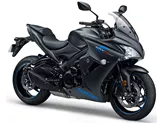BMW S 1000 R 2022 vs. Kawasaki Z1000 2014
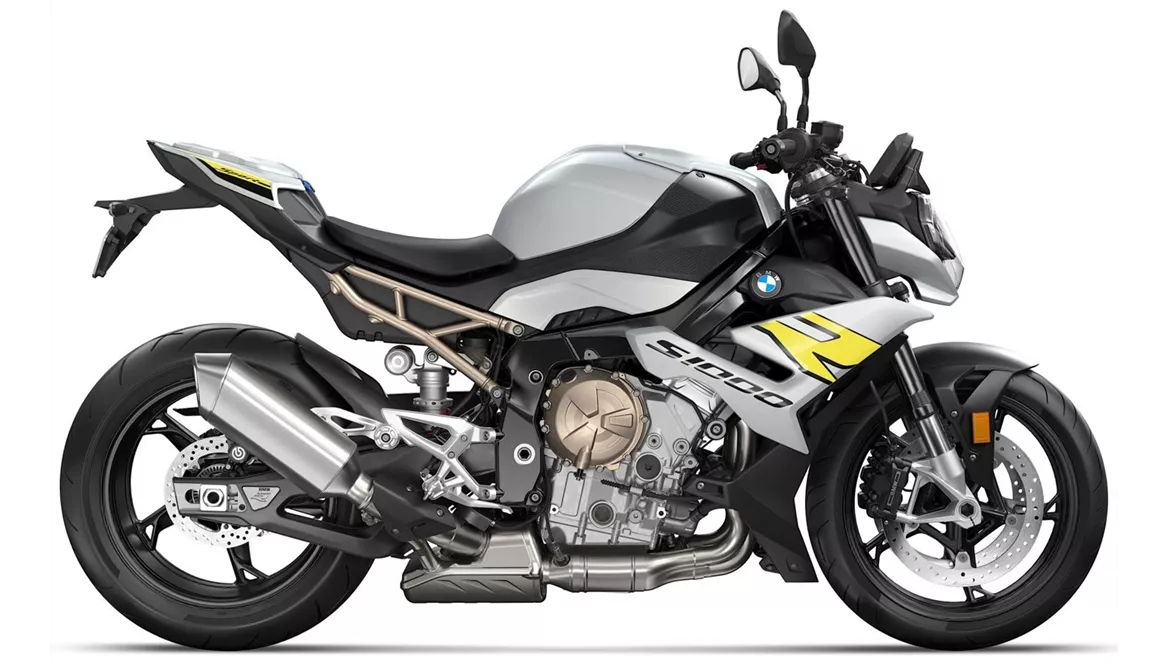
BMW S 1000 R 2022

Kawasaki Z1000 2014
Vue d’ensemble - BMW S 1000 R 2022 vs Kawasaki Z1000 2014
The BMW S 1000 R 2022 and the Kawasaki Z1000 2014 are both naked bikes with similar engine types, inline four-cylinder engines. However, there are several notable differences between the two models.
In terms of engine power, the BMW S 1000 R 2022 has a clear advantage with 165 HP compared to the Kawasaki Z1000 2014's 142 HP. This translates to a more powerful and exhilarating riding experience on the BMW.
When it comes to torque, the BMW S 1000 R 2022 also comes out on top with 114 Nm compared to the Kawasaki Z1000 2014's 111 Nm. This means that the BMW will have better acceleration and pulling power.
Both motorcycles have liquid cooling systems, which help to maintain optimal engine temperatures even during long rides or in hot weather conditions. This ensures that the engines perform at their best and minimizes the risk of overheating.
In terms of suspension, both bikes feature upside-down telescopic forks at the front and offer adjustments for compression, preload, and rebound. This allows riders to fine-tune the suspension settings according to their preferences and riding style.
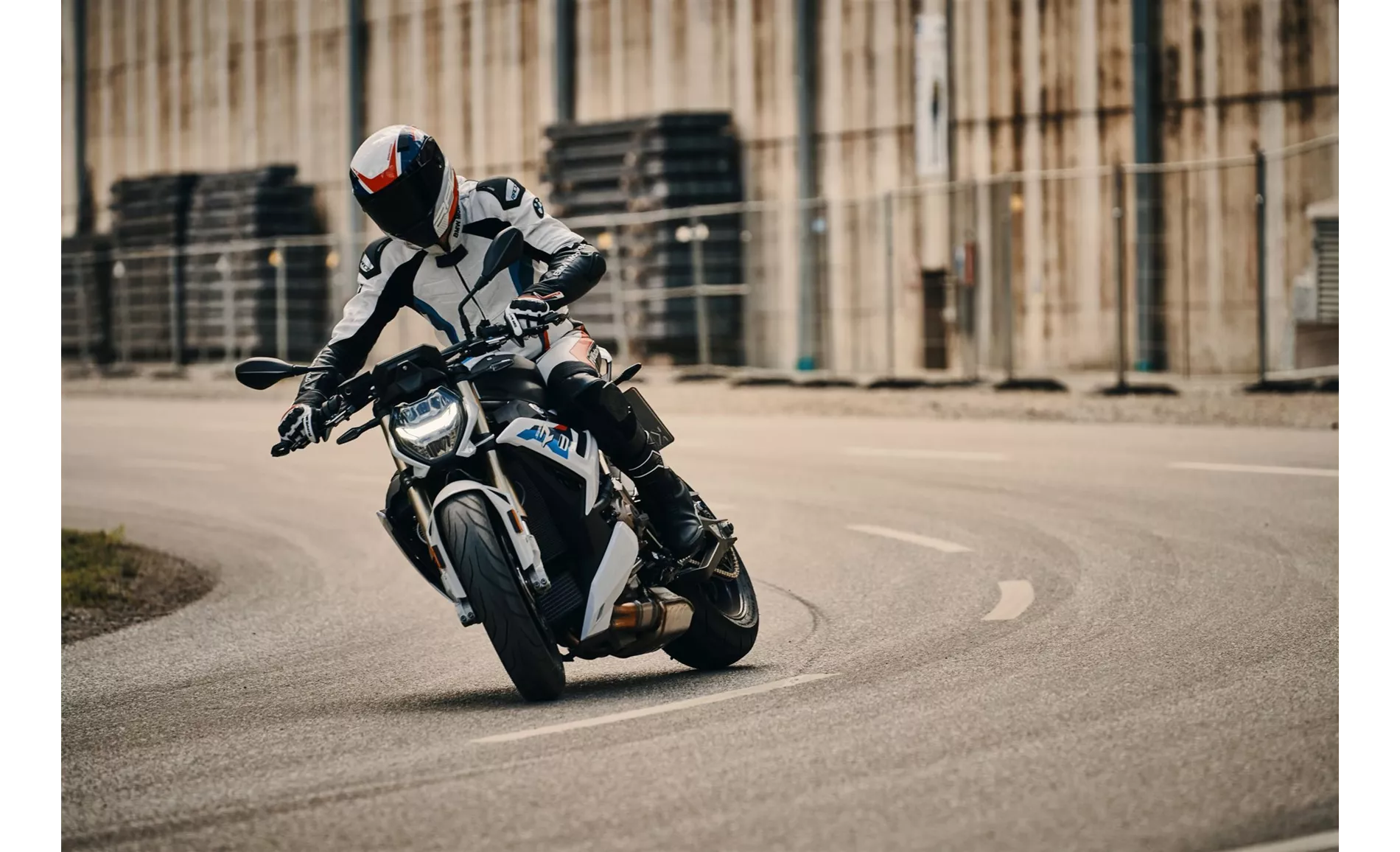
BMW S 1000 R 2022
The chassis of both motorcycles is made of aluminum, which provides a good balance between strength and weight. However, the BMW S 1000 R 2022 has a twin-tube frame, while the Kawasaki Z1000 2014 has a double cradle frame. The choice of frame design can affect the overall handling and stability of the bike.
When it comes to braking performance, both motorcycles feature double disc brakes at the front with four pistons. The BMW S 1000 R 2022 has radial technology, which enhances braking efficiency and provides better control. The Kawasaki Z1000 2014 also has radial technology, as well as petal discs, which help to dissipate heat more effectively.
In terms of tire dimensions, both bikes have the same front and rear tire widths of 120 mm and 190 mm, respectively. The tire diameters are also the same at 17 inches. These tire dimensions provide good stability and grip on the road.
The wheelbase of the BMW S 1000 R 2022 is slightly longer at 1450 mm compared to the Kawasaki Z1000 2014's 1435 mm. This may result in slightly better stability and handling on the BMW.

Kawasaki Z1000 2014
When it comes to seat height, the BMW S 1000 R 2022 has a higher seat height at 830 mm compared to the Kawasaki Z1000 2014's 815 mm. This may be a consideration for riders with shorter inseams.
In terms of fuel tank capacity, the BMW S 1000 R 2022 has a slightly larger tank at 16.5 liters compared to the Kawasaki Z1000 2014's 15 liters. This means that the BMW will have a slightly longer range before needing to refuel.
In terms of strengths, the BMW S 1000 R 2022 has a more powerful engine, strong brakes, comfortable ergonomics, good standard equipment, and an extensive range of accessories. On the other hand, the Kawasaki Z1000 2014 is praised for its sophisticated design, extremely pleasant handling, pleasant sound, and good brakes.
As for weaknesses, the BMW S 1000 R 2022 is criticized for having a sluggish shift assistant and optics that are not 100% coherent. The Kawasaki Z1000 2014's main weakness is its high purchase price compared to the S1000R.
Overall, both the BMW S 1000 R 2022 and the Kawasaki Z1000 2014 have their own strengths and weaknesses. The BMW offers a more powerful and technologically advanced riding experience, while the Kawasaki provides a stylish design and enjoyable handling. Ultimately, the choice between the two will depend on the rider's preferences and priorities.
Caractéristiques techniques BMW S 1000 R 2022 par rapport à Kawasaki Z1000 2014
Avantages et inconvénients en comparaison
Avantages et inconvénients en comparaison
BMW S 1000 R 2022
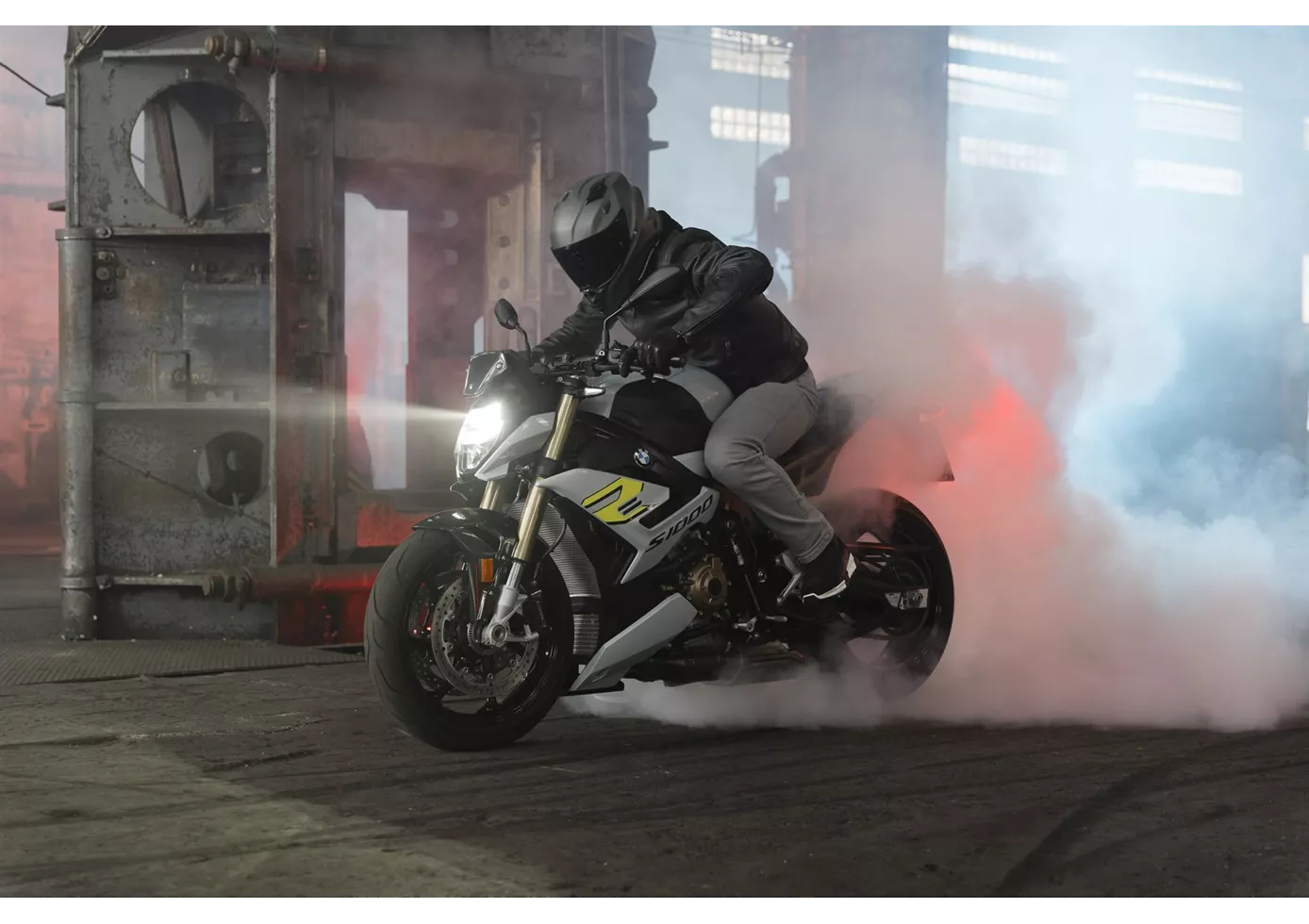
La position de conduite est sportive, mais pas du tout inconfortable, le freinage est efficace et le moteur de la S 1000 R se montre sous son meilleur jour - peut-être même un peu trop homogène. Du côté de la conduite, il n'y a rien à redire non plus. Sur la base des données de performance pures et des fonctions électroniques intégrées, la BMW a ce qu'il faut pour réaliser le meilleur temps au tour. Et ce sur n'importe quel type de terrain, car le châssis semi-actif permet d'avaler des kilomètres et des kilomètres sur de mauvaises routes parsemées de nids de poule. Malheureusement, ce sentiment de supériorité ne s'est jamais vraiment transmis au pilote. Sans doute le revers de la médaille d'un trop grand équilibre dans tous les domaines - du moins à mes yeux italophiles. Il manquait à la BMW ce petit quelque chose, ce rayonnement ou ce charisme difficile à expliquer, mais qui suscite de véritables émotions.
Kawasaki Z1000 2014

La Kawasaki Z1000 (2014) est une déclaration contre la tendance électronique de son époque - et c'est précisément ce qui la rend particulière aujourd'hui. Son quatre cylindres au caractère bien trempé, sa mécanique directe et sa focalisation sans compromis sur l'essentiel répondent aux attentes d'une époque où de nombreuses motos sont devenues des ordinateurs roulants. Oui, elle renonce aux systèmes avancés d'aide au pilote et à une protection parfaite contre le vent. Mais elle offre en contrepartie une authentique expérience de conduite de nakedbike, associée à la fiabilité japonaise et à des coûts d'entretien raisonnables. La Z1000 n'est pas une machine pour les drogués de la fiche technique ou les fans d'électronique - c'est une moto pour ceux qui veulent encore décider eux-mêmes de leur conduite. Une moto honnête avec du caractère, qui continue à enthousiasmer même après des années et qui fait plus que remplir son rôle d'antithèse émotionnelle de la modernité Digital.
Comparaison des prix Prix moyen du marché BMW S 1000 R vs Kawasaki Z1000
There are a few key differences between a BMW S 1000 R 2022 and a Kawasaki Z1000 2014. In terms of price, the actual average price of a BMW S 1000 R 2022 is about 89% higher. Compared to Kawasaki Z1000 2014 there are more BMW S 1000 R 2022 bikes available on the 1000PS.de Marketplace, specifically 22 compared to 12. It takes less time to sell a BMW S 1000 R with 71 days compared to 75 days for a Kawasaki Z1000. Since model year 2014 1000PS.de editors have written 62 reviews for the BMW S 1000 R and 41 reviews for the Kawasaki Z1000 since model year 2005. The first review for the BMW S 1000 R was published on 11/3/2013 and now has more than 17,300 views. This compares to more than 5,800 views for the first review on Kawasaki Z1000 published on 9/2/2002.
